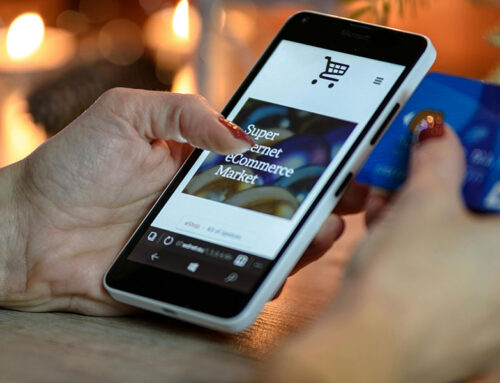Social Media is Here to Stay
Social media, as it stands, is here to stay. It might seem like it’s a fad but 10 years strong and people are still using it, whether to contact friends and family or to get the latest scoop on the latest news. With so many people using these platforms, it only makes sense that businesses and companies integrate it into their website. Here are a few ways to do that.
1. Custom Social Media Buttons
By adding links to your social media pages, you start the process of integrating social media into your site. Linking social media profiles on your site allows users and potential customers to quickly navigate to their preferred social media platform in order to find out more about you, your company, brand, and your content.
Integrating these buttons into your page isn’t just a case of copying a standard Instagram, YouTube, or Facebook logo and cramming them all into an empty footer or header corner. Instead, consider blending them seamlessly into the brand and site design. There are a lot of brands that have managed to inject their colour into their social media buttons to make a more seamless integration. Other companies will try to use simple social media logos on the header of their website. Some web designers have even designed these logos to change colours on hover to reveal the true colours of the logo.
2. Include a Twitter Feed on Your Page
If a user visits your website, usually what they see is a couple of stock photos and a few marketing spiels here and there. This is referred to as static content and it might have been all the rage before, but not anymore. Viewers expect more from the sites that are trying to convince them to make a purchase or at least engage with them. Using static content will be viewed by these users as an outdated company. One easy way to inject a bit of freshness into your homepage is by integrating a Twitter feed on it to keep viewers updated on the latest news and tweets of the company.
A lot of the sites will choose to place the feed at the bottom of their homepage, usually in the footer. However, there is also the option of putting the feed front and center on the page if you want to stand out from other sites. An easy way to add the Twitter feed is by logging in your Twitter account and creating a new widget. After choosing a couple of options, you will be given a bit of HTML code that you or a developer can add to the site.
3. Include Share Buttons on Blog Posts
If your site also has a blog, or you run your own blog exclusively, then adding a share button on each post is absolutely necessary. Share buttons will allow viewers to share what they’ve read with a simple click of a button. Without this, you’ll make it harder for you to get the word out about your blog and its content.
There are several ways you can incorporate share buttons using a few lines of code or by using a plugin.
- Add to any – allows you to create a share button for any site and customise it depending on your needs.
- Add this – allow you to choose the style, size, and position of the share buttons.
- Share this – is another service that makes it possible for you to select the size and position of buttons.
4. Include an Instagram Gallery
A lot of companies, Arcane Marketing included, can make use of this handy tool in order to let their followers know of their latest announcements or products. Instagram is one of the most popular social media platforms online right now and leveraging it to create live-feed of testimonials through a photo is a great way to boost user engagement and possibly conversion. Displaying a personalised Instagram feed on your homepage will not only help to brighten up the page but also help connect old, existing, and potential customers.
Displaying a feed that shows the awesome food a restaurant offers, or a new line of apparel a fashion brand just released, or an influencer spotted wearing your latest product is going to garner a lot of interest and attention from your visitors.
If your site is running on CMS such as Drupal or WordPress, it’s possible for you to include a customised Instagram feed on your page by adding a free plugin.
5. Allow Visitors to Login to Their Facebook
Three quarters of the people online prefer to log in to a site using their social media log in, specifically Facebook. If your site requires viewers to create a dedicated account, why not allow them to login using their Facebook login credentials? This will help improve user experience and make them more likely to register for your service. There are available developer tools on Facebook that offer guides on how to create this functionality on your website.






Leave A Comment